
Where to see Madagascar's Weird and Wonderful Wildlife
Rainbow Tours’ naturalist and conservation writer Derek Schuurman compiled a roundup of some of Madagascar’s strangest and most sought-after critters, which regularly appear on the wish lists of visiting wildlife enthusiasts.
Here are ten, along with details of where you may seek them on our Madagascar holidays.
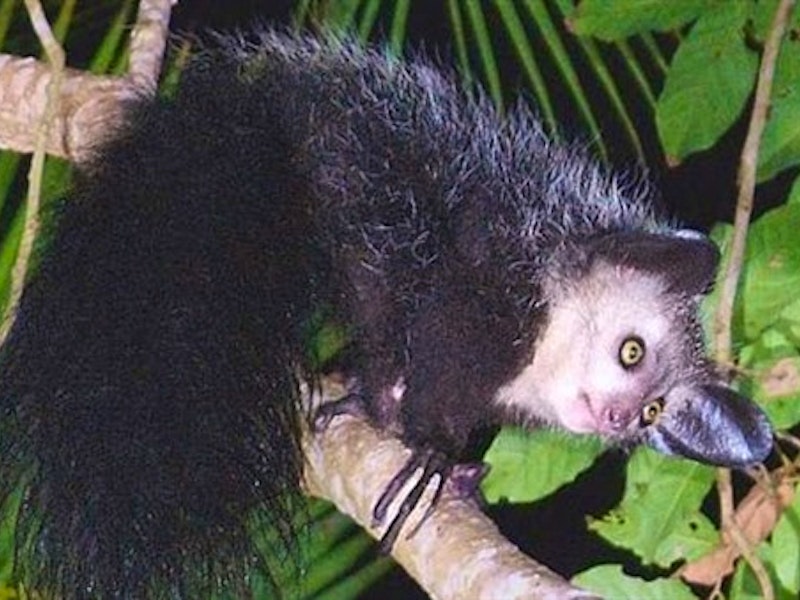
The ‘gremlin’ of Madagascar’s forests and largest of all nocturnal primates, the Aye-aye (Daubentonia madagascariensis) essentially fills the niche occupied on continents by woodpeckers. It is arguably the only primate known to use echolocation in search of food. Although the size of an overgrown house cat, it is furtive, moves quickly and usually difficult to spot in the wild. The best place in which to seek it is at Le Palmarium in the eastern lowlands, where some have been released onto a wooded islet and are well habituated to human presence.
Radio-collared Aye ayes are also being studied at Kianjavato, near Ranomafana, where we can arrange night excursions in order to track them. However this option shoult be considered only by visitors with a high level of fitness.
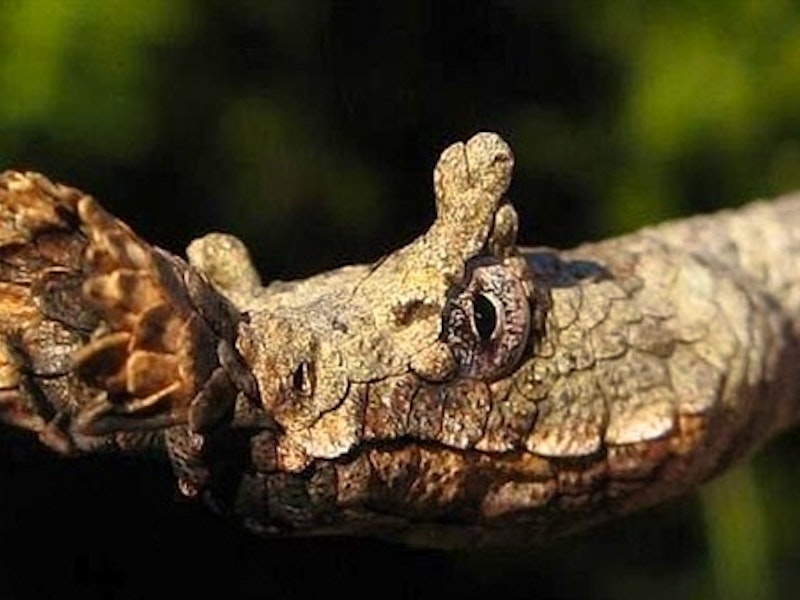
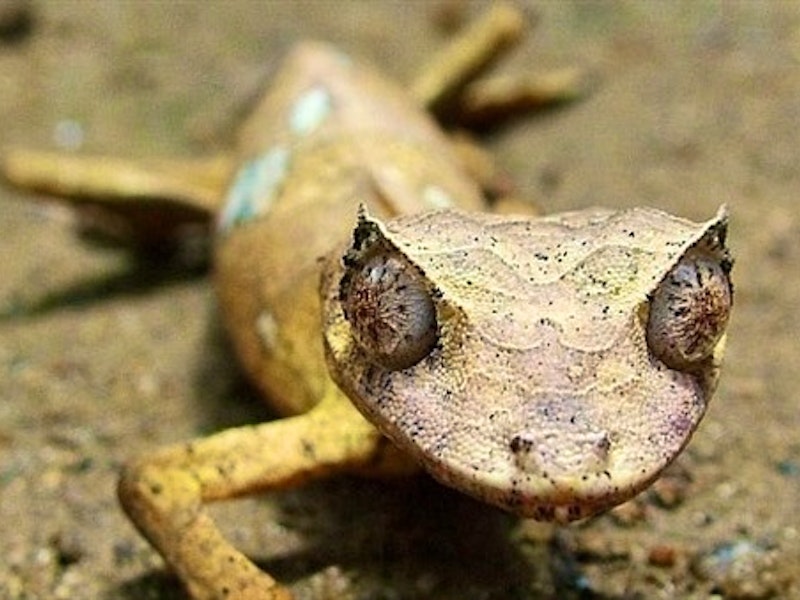
A firm favourite with visiting wildlife enthusiasts are the Leaf-tailed geckos (genus Uroplatus), some of which mimic dead leaves while others are bark mimics.
The Satanic leaf-tailed gecko (above), Uroplatus phantasticus, photographed by Daniel Austin, is the best- known of the dead leaf mimicking species.
Below is one of the bark-mimicking species, the Fringed gecko or Giant leaf-tailed gecko, Uroplatus fimbriatus, which can be sought in rainforests such as at Ranomafana National Park. One of our clients photographed this specimen while on our Classic Madagascar Overland: the RN7 Route tour.
Other rewarding locations in which to seek Giant leaf-tailed geckos include Nosy Mangabe island reserve off Masoala National Park and the private park at Domain de Fontenay in far northern Madagascar.
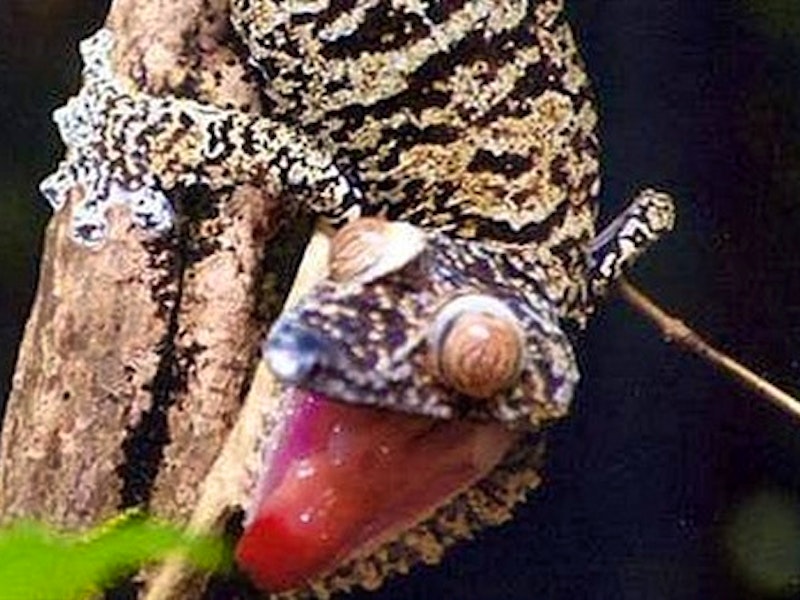
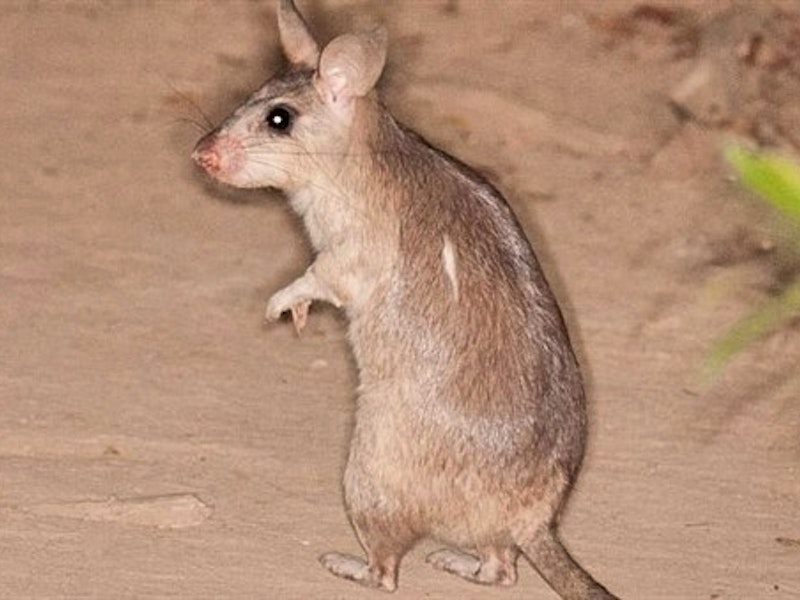
Confined to a worryingly narrow range north of Morondava, the endearing and Critically Endangered, hare-sized Giant jumping rat (Hypogeomys antimena) is Madagascar’s largest endemic rodent.
In spring and summer months, lucky visitors to Kirindy may see it hopping about almost like a little wallaby in the dry deciduous forests during night walks. Kirindy is part of the desperately threatened Menabe Antimena Protected Area, a treasure trove for wildlife enthusiasts.
Fortunately the species is breeding well at the Jersey Zoo as one of the subjects of the Durrell Wildlife Conservation Trust’s SAFE projects (Saving Species from Extinction).

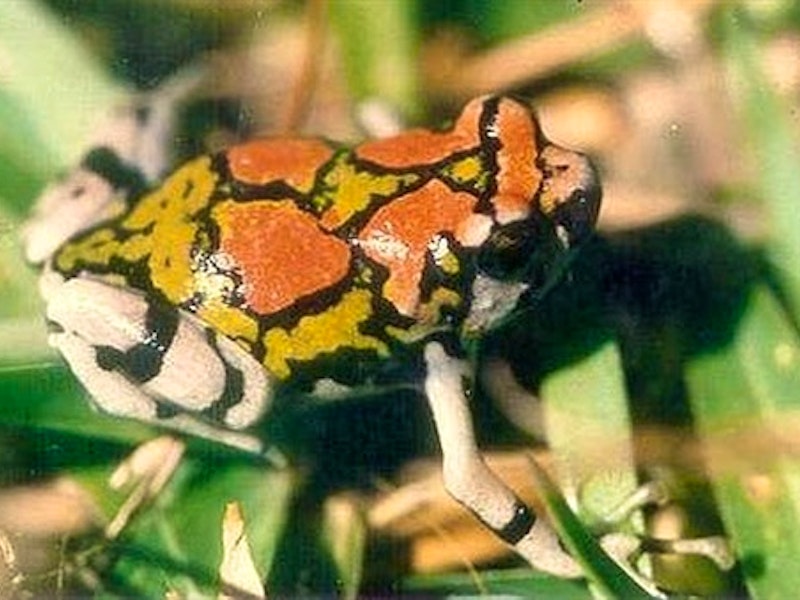
Madagascar boasts an exceptionally diverse frog fauna, with well over 360 species described to date and more awaiting formal classification.
Surely the clown of Malagasy amphibians, the brightly coloured and fossorial Painted-burrowing frog (Scaphiophryne gottlebei), inhabits the dry sandstone mountains at Isalo National Park and emerges briefly following rains in the austral summer. (January to March)
Isalo National Park, which covers most of the species' range, is now Madagascar’s most visited state-run protected area and is part of our popular RN7 Classic Madagascar Overland itinerary.

The four members of the endemic Asity family are among Madagascar’s most intriguing birds. Two of them, the Schlegel's asity and Velvet asity, look like squat broadbills. The other two, aptly named 'Sunbird asitys', look like tiny sunbirds. During the breeding season, males of all 4 species develop near-fluorescent blue and green facial caruncles and they are among the few birds to exhibit 'lek' breeding behaviour.
This photo of a male Schlegel’s asity was taken by one of our birding specialist friends Callan Cohen, who runs Birding Africa, during a trips to the wonderful but gravely threatened tropical dry deciduous forest at Ankarafantsika National Park ,the best known ‘stakeout’ for this and many other beguiling species.
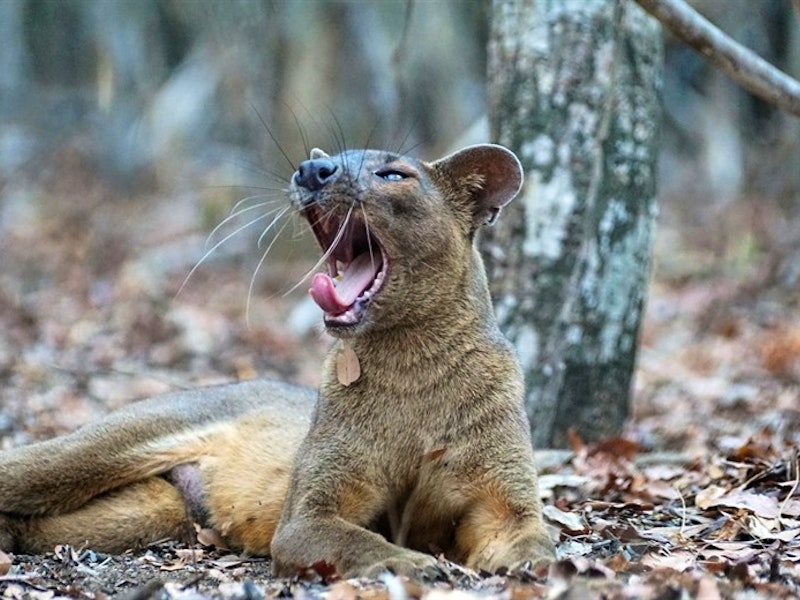
Largest of the island’s carnivores, the Fosa (Cryptoprocta ferox) is a formidable predator of lemurs and resembles a small, elongated puma.
The best place in which to seek it , is Kirindy Forest in the Menabe Antimena Protected Area. There, a few individuals are relatively well habituated and occasionally allow for good photographic opportunities.
Female Fosa are site-faithful, so during the mating season in early November, they return to the same tall tree at which they are courted by a number of male suitors.
Observing these (Endangered) mammals at Kirindy is a wonderful experience. While they have a wide distribution in the forests of western and eastern Madagascar and are occasionally encountered in other protected areas, Kirindy remains the only reliable site in which to seek them.
